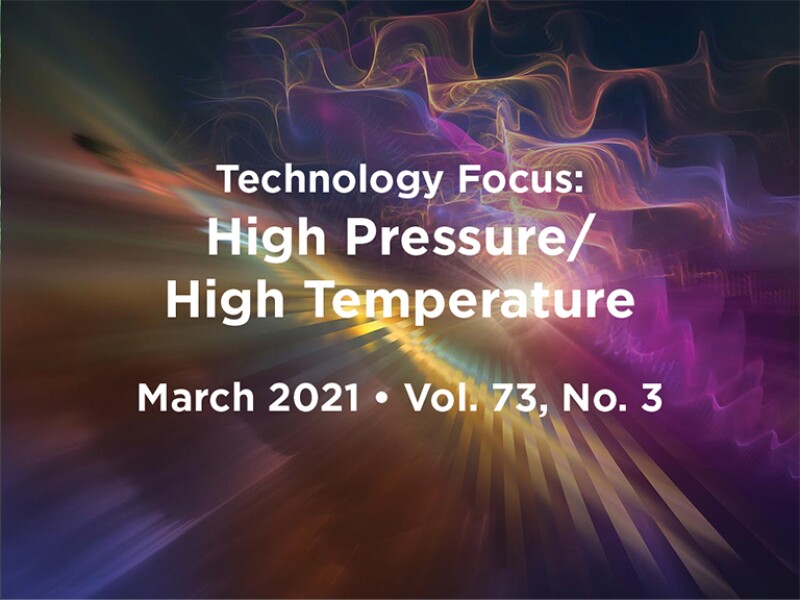For the past several months, the rig count in North America has been slowly but steadily improving and some pockets of deepwater operations are finally showing some activity, especially in Central and South America and Africa, where interesting discoveries continue. Arctic operations also are picking up, though not in North America, where a new administration in the US is bringing some uncertainty to upstream operations. Looking at leasing activity in 2020, however, the operators on federal land seem to have built up a backlog, so the immediate consequences of recent executive action seem not to be significant, though they do set an important precedent. More significant seems to be the opposition to pipelines, which are the most-efficient and safest way to transport any form of bulk material, be it gas, liquid, or slurry. Even if the most-stretched targets of an energy transition become reality, the need for pipeline transport will remain, and even increase, if the gas transported is biogas and hydrogen, where much larger volumes must be transported for the same calorific value of natural gas.
In my tenure as a reviewer for JPT, I had refrained from a materials-focused special simply because high-pressure/high-temperature (HP/HT) conferences and sessions seem to be dominated by them and I wanted to demonstrate a wider spectrum of the challenges of HP/HT operations. With the energy transition leading to the possibility of free hydrogen being introduced into the energy system outside of established chemical feedstock installations (which are all low-pressure), this is a good time to remind our industry (and the outside world) that vast experience exists in the oil and gas industry on the interaction of hydrogen and metal (at very high pressures), a challenge that is still not completely understood and that is still a large cause of pressure-vessel failures (e.g., in refineries). Also, if carbon dioxide is intended to be captured and contained in metal vessels, another set of metallurgical challenges emerges.
This Technology Focus looks at two papers from Asia, where these challenges were discovered and mitigated, and one paper from Gulf of Mexico deepwater operations.
Many learnings can be taken from these papers, and extremely costly and safety-critical failures and loss of containment can be avoided. Addressing technical risk, thorough and detailed front-end engineering is a cost-effective and cost-saving activity, and this applies especially for front-end corrosion engineering and testing, as we have seen from several megaprojects in the past where this was not done to the extent finally understood to have been required.
So, I invite you all to understand and embrace the fact that sound and competent engineering, as well as communicating learnings across functions and industries, is the key enabler for future success in our stressed industry, and to use our engineering brainpower and imagination to bring those HP/HT projects currently deemed too expensive to develop within the realm of the current oil-price environment.
This Month's Technical Papers
Tubing Failure in HP/HT Wells Investigated and Mitigated
Thorough Investigation Allows Mitigation of Corrosion-Resistant Alloy Pipeline Issues
Sour-Service Risers and Accessories for HP/HT Application in the Gulf of Mexico
Recommended Additional Reading
SPE 199286 Profiling the Production Performance of Five HP/HT Gas Condensate Wells Drilled and Completed With High-Density Cesium Formate Fluids in the Brent Group Formations of the Kvitebjørn Field by J.D. Downs, Equinor, et al.
OTC 30379 Drilling Geomechanics Successfully Applied in a High-Temperature/High-Pressure Offshore Well, South China Sea by Shiyue Wang, CNOOC, et al.
OTC 30379 Key Technology and Industrial Application of HP/HT Drilling and Completion in the South China Sea by Liu Shujie, CNOOC, et al.

Robert Ziegler, SPE lifetime member, is currently working as Well Control Engineer for Cudd Pressure Control. His career spans 37 years in the industry, mainly with operators Shell, Chevron, Petronas, and Cairn India. Ziegler’s achievements include the first deepwater application of pre-blowout-preventer riserless mudline pumping and the first application of a commercial deepwater dual-gradient system in the form of post-blowout-preventer-controlled mud level. Most recently, he guided a service company in the development of a next-generation backpressure deepwater and harsh-environment managed-pressure-drilling (MPD) system, for which he holds two patents. On the operations side, Ziegler was involved in many firsts, including pioneering directional 13⅜-in. and 9⅝-in. casing drilling offshore in more than 100 sections from jackup and semisubmersible rigs and the first use of MPD for an offshore HP/HT well. Ziegler is a member of the JPT Editorial Review Committee.


